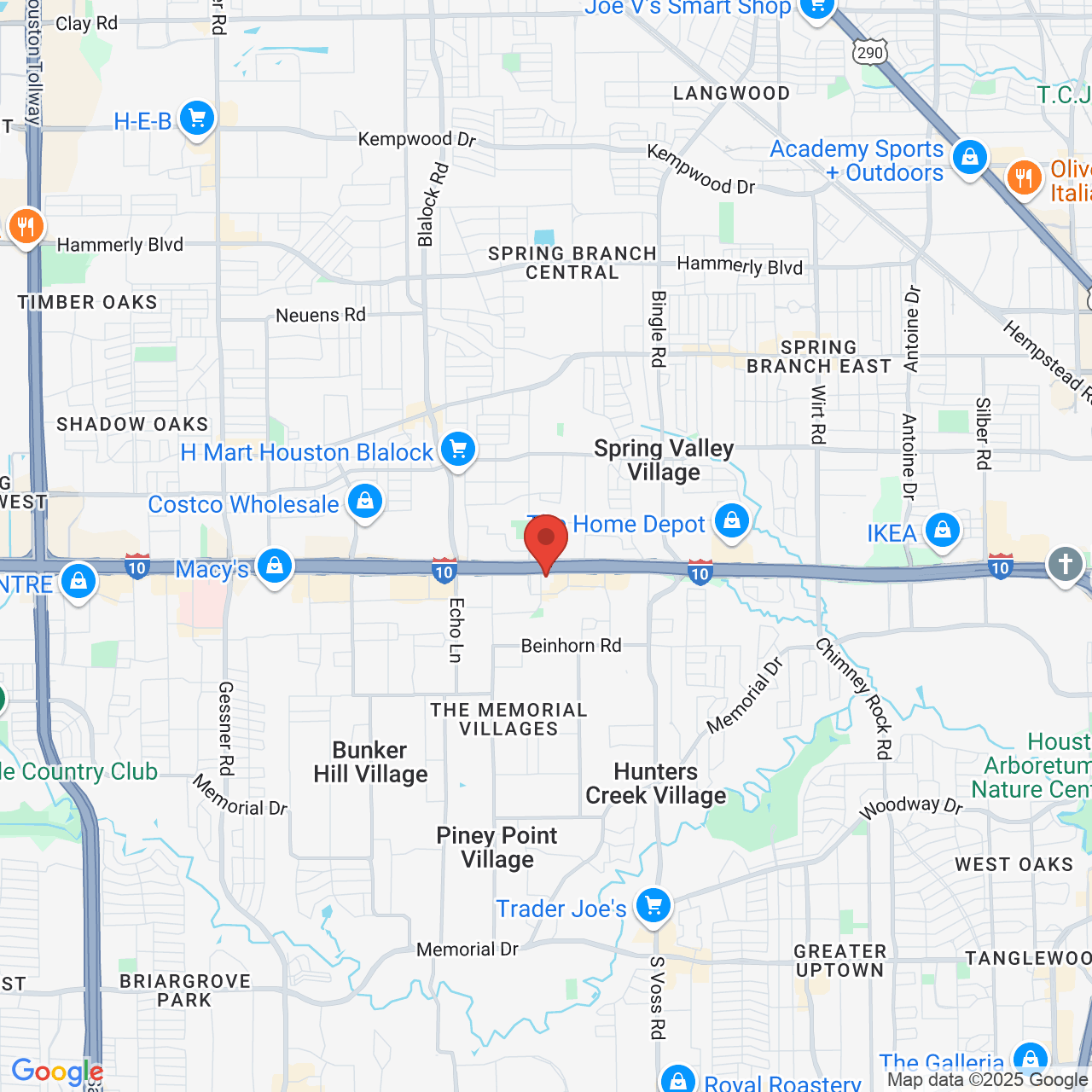IVF and the Embryo Transfer Stage
 As a fertility doctor, Dr. Sonja Kristiansen has dedicated her career to helping couples who are experiencing the heartbreaking effects of infertility. Fortunately, at her fertility center, Dr. Kristiansen is able to help patients through this difficult time and give them hope that pregnancy may still be a real possibility for them. One of the most popular and successful fertility treatments available under Dr. Kristiansen’s care is in vitro fertilization, or IVF. IVF is a four-step treatment process in which each stage of the conception process is monitored and assisted by Dr. Kristiansen in order to increase the chances of a successful conception. Here Dr. Kristiansen will explain what couples can expect during the embryo transfer stage of IVF treatment.
As a fertility doctor, Dr. Sonja Kristiansen has dedicated her career to helping couples who are experiencing the heartbreaking effects of infertility. Fortunately, at her fertility center, Dr. Kristiansen is able to help patients through this difficult time and give them hope that pregnancy may still be a real possibility for them. One of the most popular and successful fertility treatments available under Dr. Kristiansen’s care is in vitro fertilization, or IVF. IVF is a four-step treatment process in which each stage of the conception process is monitored and assisted by Dr. Kristiansen in order to increase the chances of a successful conception. Here Dr. Kristiansen will explain what couples can expect during the embryo transfer stage of IVF treatment.
The Embryo Transfer Process
Embryo transfer is considered the final stage of the in vitro fertilization process. Embryo transfer will only take place if every previous stage of IVF treatment has been successful, meaning that mature, healthy eggs have been released and retrieved, and fertilization has been confirmed. Embryo transfer is a painless process in which the fertilized eggs are implanted into the uterus.
The egg transfer can take place any time between one and six days after the egg retrieval but in most cases the transfer will take place between days two and four. When possible, Dr. Kristiansen will perform a blastocyst transfer, which occurs when the embryo has reached day five of maturity. This allows Dr. Kristiansen to transfer fewer eggs, decreasing the chances of a higher risk multiples pregnancy without lowering the chances of conception success.
The embryo transfer is a fairly quick procedure. Anesthesia should not be needed during this procedure but a mild sedative may be used to relax the patient. Using the guidance of ultrasound, a catheter, which has been loaded with the pre-determined number of embryos, will be passed through the vagina and cervix, into the uterus. After the embryos have been transferred, the patient is asked to remain resting in our office. After this initial waiting period, the patient will be released but it is recommended that the patient continue to rest and limit physical activities for the first 24 hours after the transfer.
Risks and Side Effects
Egg transfer is considered a very low risk procedure. Two possible risks of the egg transfer are losing the embryo during transplant or placing the embryos in the wrong location, such as the fallopian tubes. It is very unlikely that these complications will occur, especially under the skilled care of Dr. Kristiansen.
Side effects are also minimal following an egg transfer. Some women may experience mild cramping, similar to those experienced during menstruation but typically the procedure is considered painless.
Schedule a Consultation
If you have more questions about the IVF procedure and would like to know if it may be the solution to your fertility problems, we encourage you to schedule a consultation with Dr. Sonja Kristiansen at your earliest convenience. Dr. Kristiansen can diagnose the source of infertility and recommend a treatment that is most likely to help you experience the joys of parenthood.


